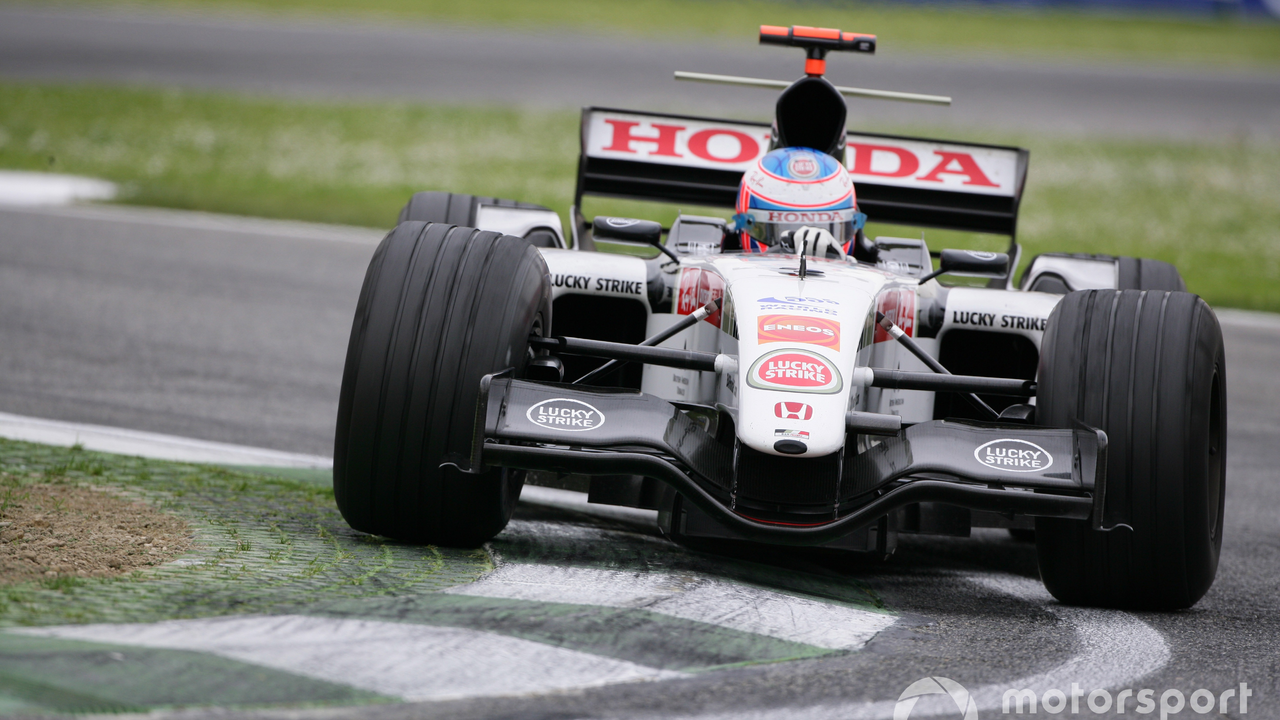Motorsports Analysis: Why BMW Skips F1 and What It Means
Ever notice that BMW, despite its high‑performance image, isn’t on the F1 grid? It’s not a mystery you have to solve with a calculator. The answer lives in the mix of money, brand focus, and where the company thinks it can make the biggest splash.
Money talks louder than horsepower
Running an F1 team costs a fortune. Think hundreds of millions each season for cars, staff, travel, and tech development. BMW looks at those numbers and asks: will the payoff cover the bill? The answer is usually no. Instead, they pour cash into series where the cost‑to‑exposure ratio feels right, like DTM or Formula E.
Brand strategy over global fame
BMW’s core business is selling road cars. When you buy a BMW, you want a blend of sportiness and everyday usability. Spending big on F1 could dilute that message. By staying in touring cars and electric racing, they line up the brand with technology that can actually trickle down to their road models.
Take the example of the new i4 electric sedan. The tech it uses was first tested in Formula E, not F1. That direct pipeline gives BMW a clear business reason to favor series that match its future product plans.
Another practical point: fan base. DTM and Formula E attract audiences that overlap with BMW’s target buyers. F1 fans are massive, but they’re also spread across brands that already have deep roots in the sport. BMW would be a small fish in a very crowded pond.
From a marketing angle, being a dominant player in a niche series can be more valuable than a tiny presence in a global one. Think about it—when you see a BMW winning a DTM race, the brand feels like a champion. In F1, a BMW car might finish mid‑pack and get little applause.
So, the decision isn’t about fear of competition. It’s a calculated move to match spend with return, and to keep the brand’s story straight.
What does this mean for fans? It shows that not every high‑profile brand needs to chase the biggest stage. Success in motorsport can be measured by relevance to the company’s goals, not just by staring at the chequered flag.
If you’re into motorsports analysis, keep an eye on how manufacturers align their racing programs with product strategies. BMW’s choice is a textbook example of “play to your strengths.” The next time you hear a roar from a DTM track, you’ll know it’s part of a bigger plan that keeps the brand’s DNA intact.
Ready to dig deeper? Stay tuned to Bill Smith Motorsports Hub for more breakdowns, from why some brands go electric to how new regulations shake up the grid. We keep it simple, practical, and fast—just the way you like it.
Motorsports Analysis

Why doesn't BMW compete in F1?
Hey there speedsters! Ever wondered why our flashy friend BMW doesn't strut its stuff in F1? Well, it's a mix of strategy and some serious moolah matters. BMW, like the cool kid in school, prefers to march to its own beat, focusing on its core business and consumer market rather than the pricey playfield of F1. Plus, their involvement in other motorsports like DTM and Formula E is where they believe they can have more fun and make a bigger impact. Talk about keeping your eyes on your own paper, huh? Don't worry though, BMW still knows how to put the "vroom" in your ride!